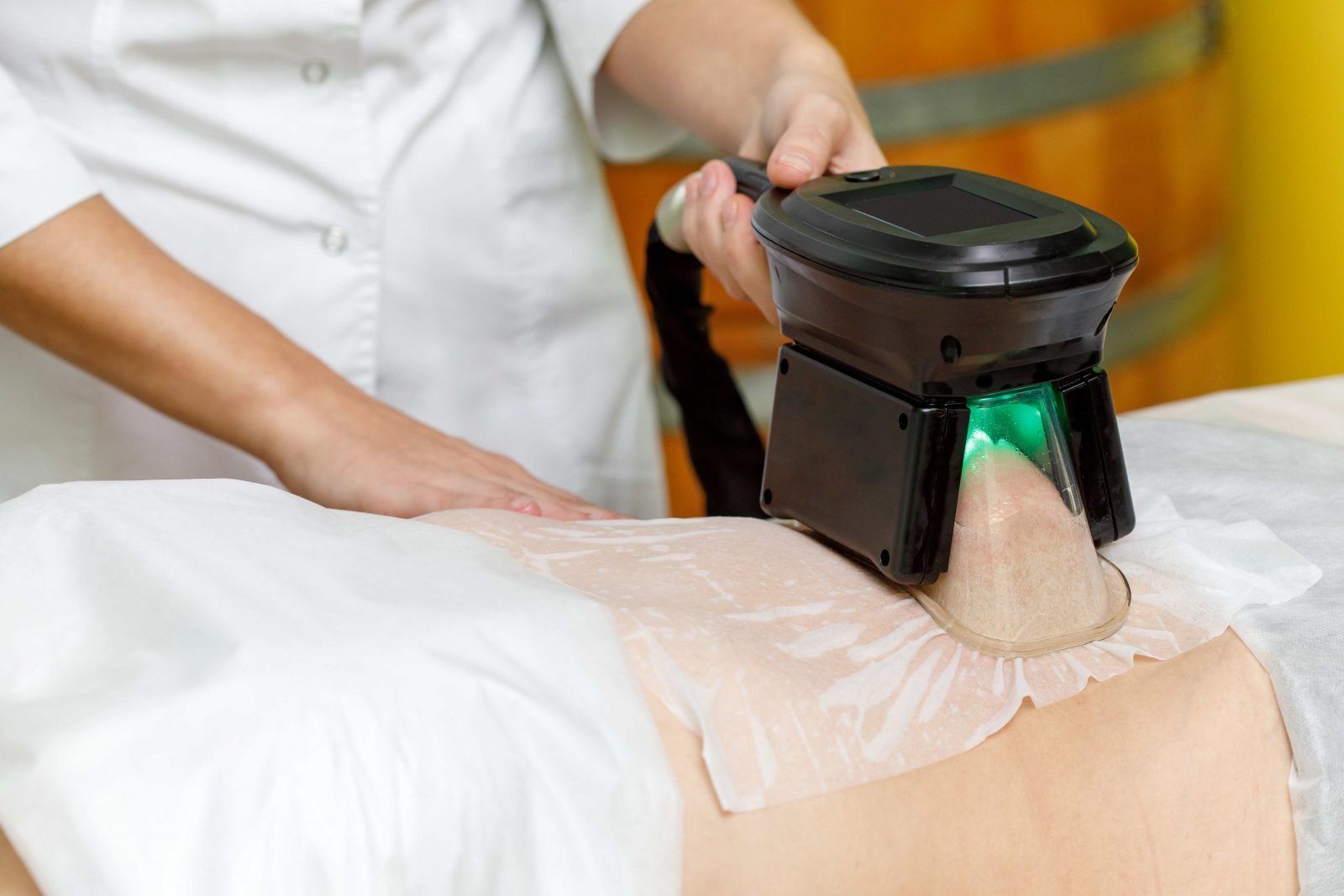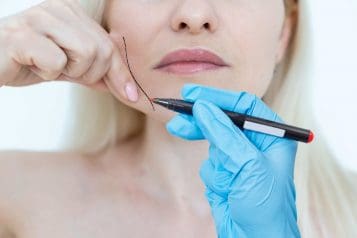Dr. Samuel Lin is a double board-certified Plastic Surgeon and Associate Professor of Surgery at Harvard Medical School who practices in Boston, Massachusetts. Dr. Lin is board certified by both the American Board of Plastic Surgery and the American Board of Otolaryngology-Head and Neck Surgery. For all physicians who train in the United States, the American Board of Medical Specialties (ABMS) is the gold standard for physician certification in the United States and has only 24-member boards. He is board-certified by two ABMS boards. Dr. Samuel Lin & co-author Natalie Hassell, chat with Haute Beauty about the recent conversation on paradoxical adipose hyperplasia (PAH).
 Photo Credit: Shutterstock
Photo Credit: Shutterstock
A few days ago, supermodel Linda Evangelista, 56, has released a statement that describes her experience with paradoxical adipose hyperplasia (PAH) in an Instagram post. Evangelista has not been in the public eye for a few years due to her scaring experience with the procedure. By sharing her story, she started a conversation about this rare complication of fat freezing making all hesitant to undergo the noninvasive procedure.
View this post on Instagram
What is PAH?
Paradoxical adipose hyperplasia (PAH) is a rare adverse outcome of fat freezing (also called CoolSculpting or Cryolipolysis). Fat freezing is a non-invasive method of body contouring that uses cold to kill fat cells. In fat freezing, cold temperatures are applied to a targeted area to reduce fat in that area. In rare cases, fat freezing van results in an increase in fat in that area that was treated, producing a noticeable bulge. When fat freezing treatment results in this unexpected increase in fat, it is referred to as paradoxical adipose hyperplasia. PAH is estimated to occur after 0.0051% – 2% of treatments. PAH can occur anywhere on the body where people have undergone fat freezing, though it is most commonly reported to occur in the abdominal area. Additionally, PAH is not physically painful. Still, this unexpected and disfiguring outcome of fat freezing may cause patients burden and stress.
Can PAH be cured?
When PAH does occur it can be corrected. Correcting PAH requires surgery, often liposuction, to remove the area of increased fat. In her Instagram post, Linda Evangelista said she underwent “painful, unsuccessful, corrective surgeries.” Like any operation, liposuction to correct PAH can be painful. In some cases, liposuction may not be able to fully correct PAH.
What are the risks of fat freezing?
While the risk of PAH cannot be ignored, fat freezing remains a noninvasive method to reduce areas of unwanted fat. Like any medical procedure, there are risks to fat freezing. It is important that patients considering fat freezing are made aware of the risk of PAH, as well as other potential side effects from fat freezing. After fat freezing, it is common to have temporary redness, swelling, discoloration, bruising, cramping, tingling, or skin sensitivity in the area that was treated. These effects should resolve over 2-4 weeks. It is also possible to have some contour irregularity such as indentation, asymmetry, or areas of skin atrophy after fat freezing. Though fat freezing is one option to reduce unwanted fat, liposuction remains the most popular and most effective method of local fat reduction.
When considering options to reduce areas of unwanted fat, patients may want to consult with a board-certified plastic surgeon to discuss their treatment options. While many different types of providers offer fat freezing, a board-certified plastic surgeon is trained in both surgical and non-surgical options for reducing unwanted fat.
References:
- Coolsculpting: Allergan’s latest innovation in body contouring. Accessed September 23, 2021. http://coolsculptinghcp.com/#isi_indications
- Ho D, Jagdeo J. A Systematic Review of Paradoxical Adipose Hyperplasia (PAH) Post-Cryolipolysis. J Drugs Dermatol. 2017 Jan 1;16(1):62-67. PMID: 28095535.
- Khan M. Complications of Cryolipolysis: Paradoxical Adipose Hyperplasia (PAH) and Beyond. Aesthet Surg J. 2019 Jul 12;39(8): NP334-NP342. doi: 10.1093/asj/sjy282. PMID: 30346468.
For more information, visit Dr. Brian A. Levine's social media:

























